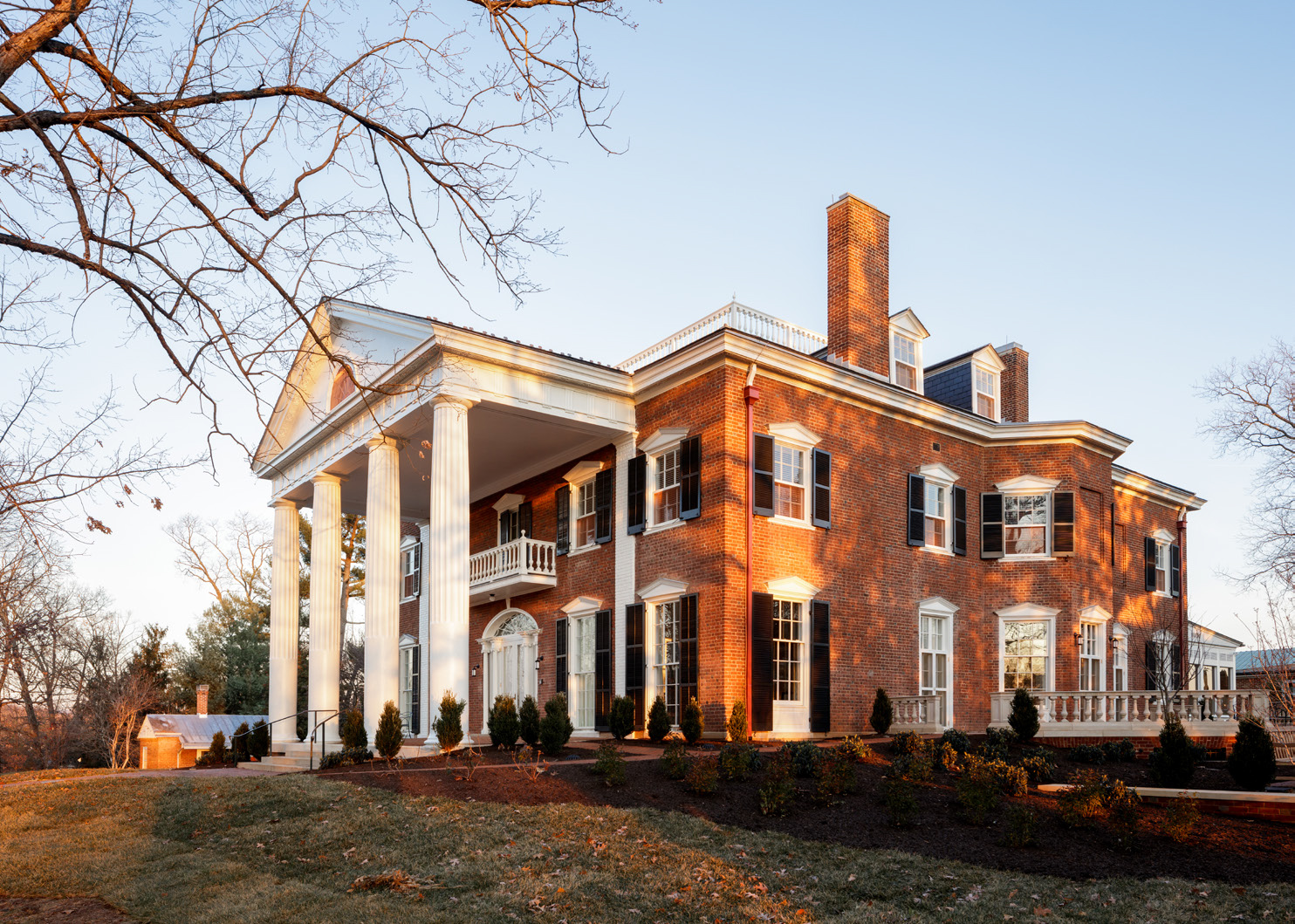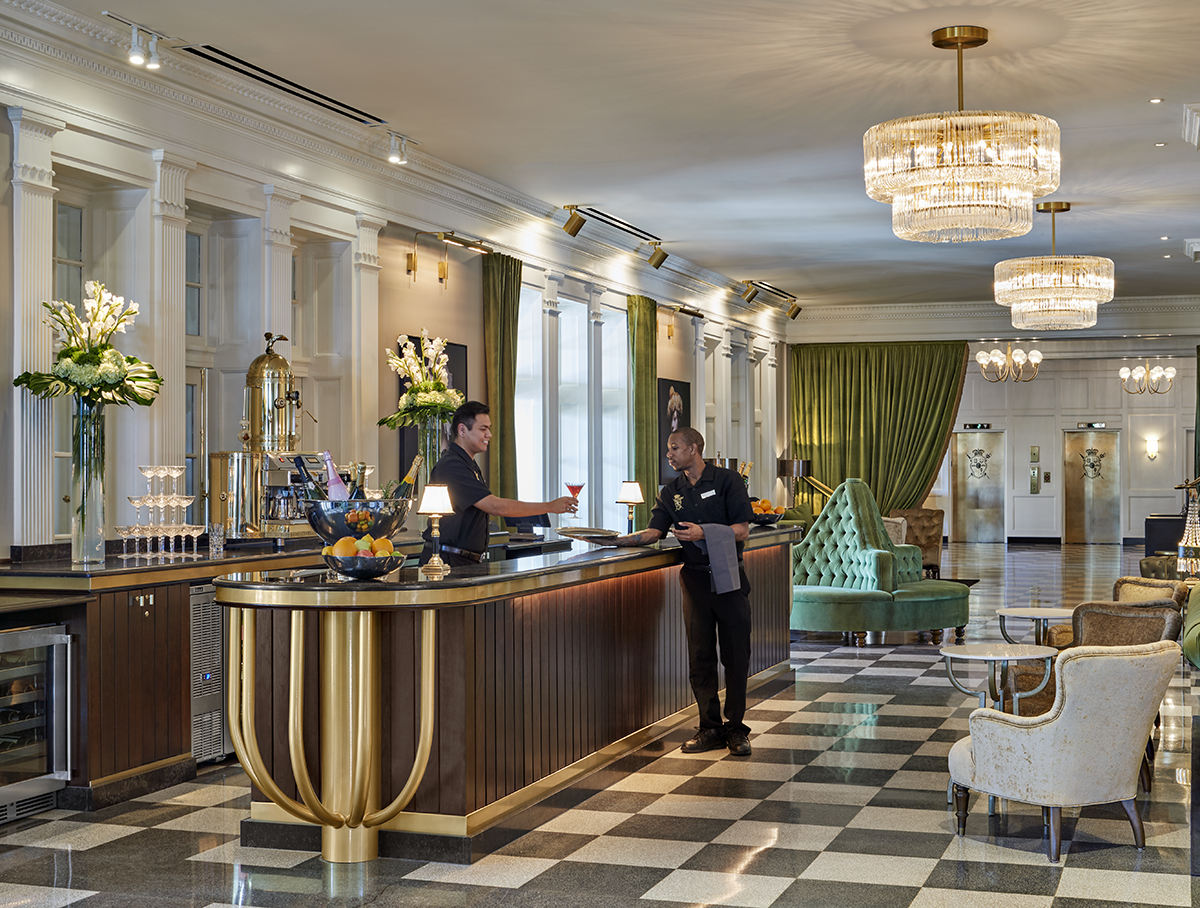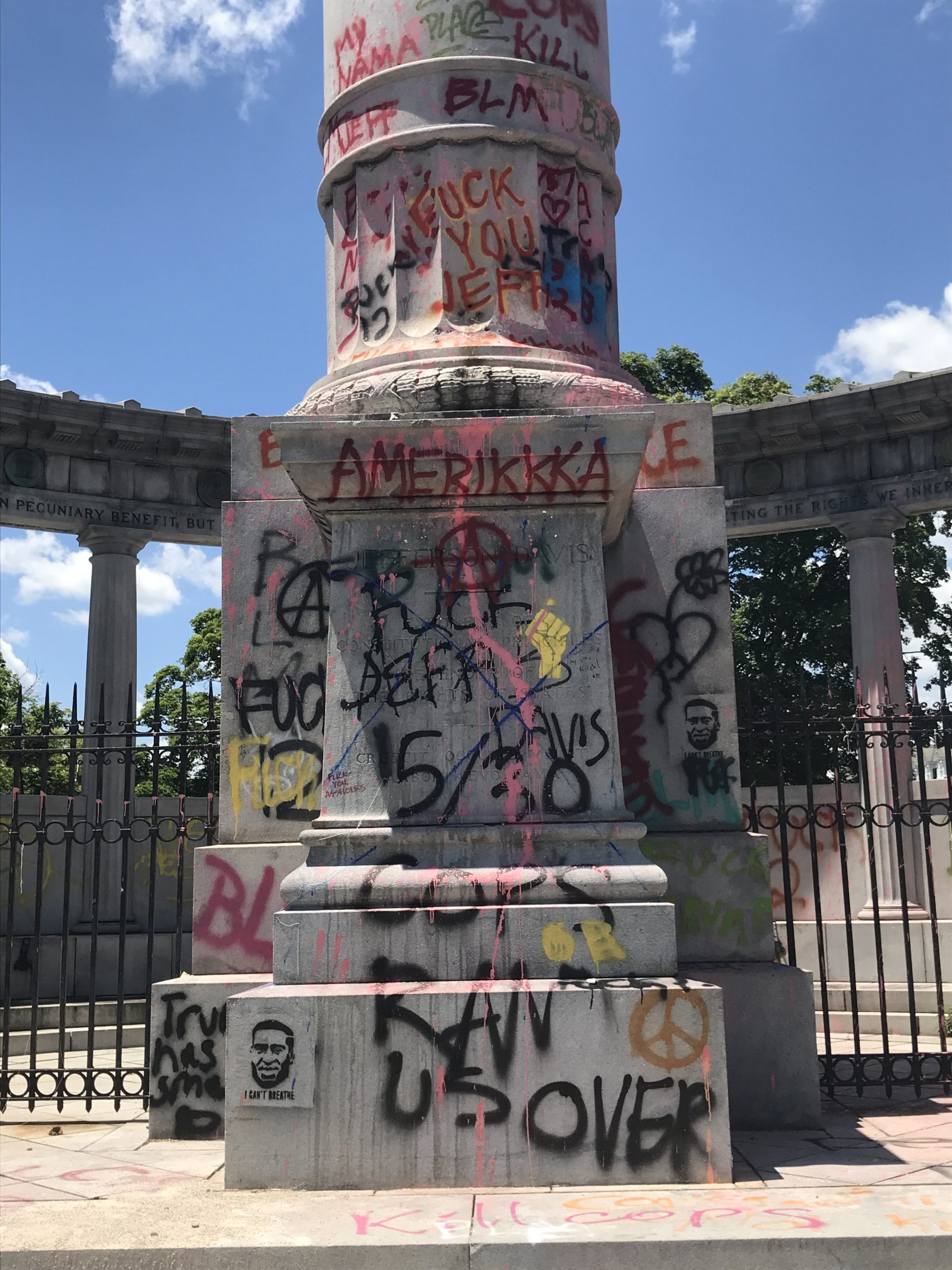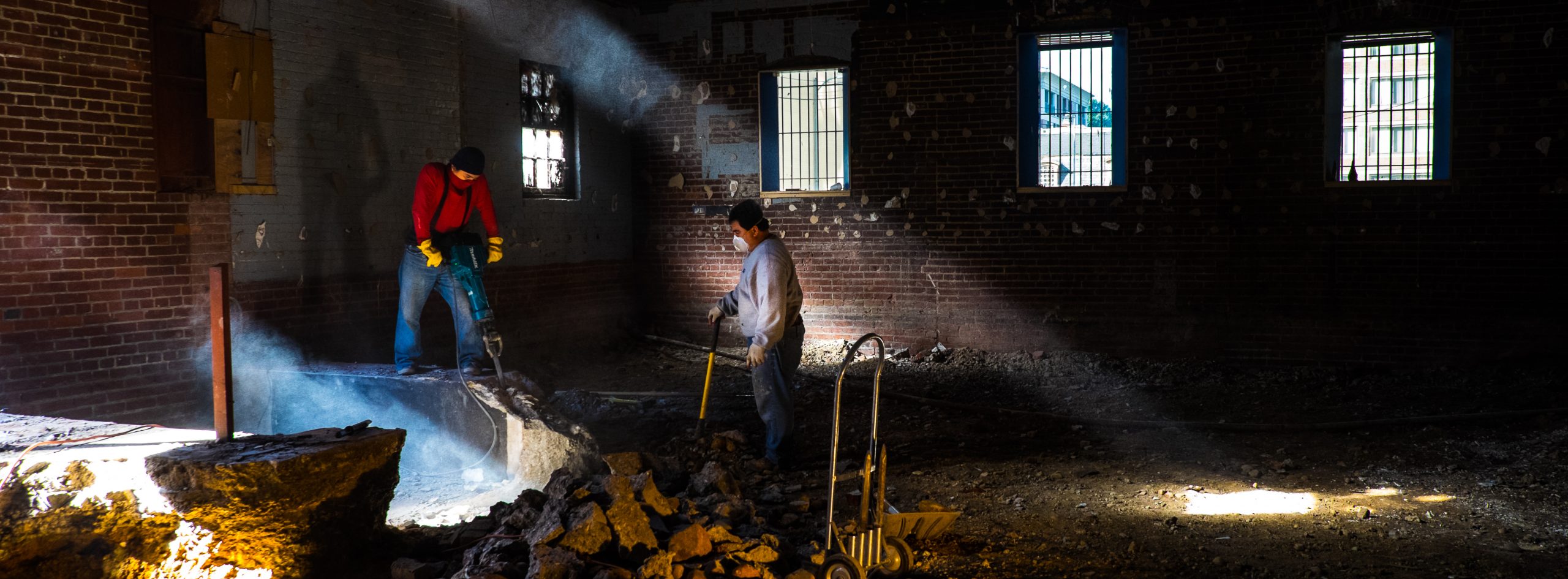Carr’s Hill is the home of the University of Virginia’s President — a place known to donors, faculty, and students alike as a coveted invitation. Stanford White’s 1909 contribution to Grounds is listed on the National Register and the Virginia Landmarks Register, but stood for more than a century without any significant renovation — even if the need had been apparent for some time. The university hired Glavé & Holmes Architecture and associate architect John G. Waite and Associates to assess the existing historic structure, its conditions, and the risks of intervening. The team came up with a surgically precise plan to minimize disruption while bringing the building’s systems into the 21st century.
More »Cavalier Hotel Rehabilitation
From the day it opened in 1927 until World War II, the Cavalier Hotel was one of the premier resort locations on the East Coast, hosting all the great names of the Big Band Era as well as dozens of celebrities and U.S. Presidents. Its unusual Y-shaped plan, which was intended to maximize views of the ocean, was considered innovative for its time and the neo-classical design drew heavily on Virginia history and Jeffersonian influences.
More »SAH Supports Removal of Confederate Monuments
In a move some found surprising, the Society of Architectural Historians (SAH) came out in support of the removal of Confederate monuments from public spaces in a statement on June 19, 2020.
More »Deep Energy Retrofit: Spencer Carriage House
Listed on the National Register of Historic Places, this 1905 structure is one of the last remaining stable/carriage houses built to serve the large mansions in the Dupont Circle area. Originally horses and carriages were housed below, and servants above. Over the last hundred years the building has been used as a garage, a car dealership, a fashionable restaurant, and in its last incarnation, a popular nightclub. When the current owner acquired the building, it lay empty and exposed to rain and weather. No original interior trim or features remained and the original layout had long been abandoned.
The design team at Peabody Architects was challenged by the owners to preserve this D.C. landmark, create a home for aging in place, and achieve as close to net-zero energy use as possible without sacrifice to comfort or lifestyle.
More »



